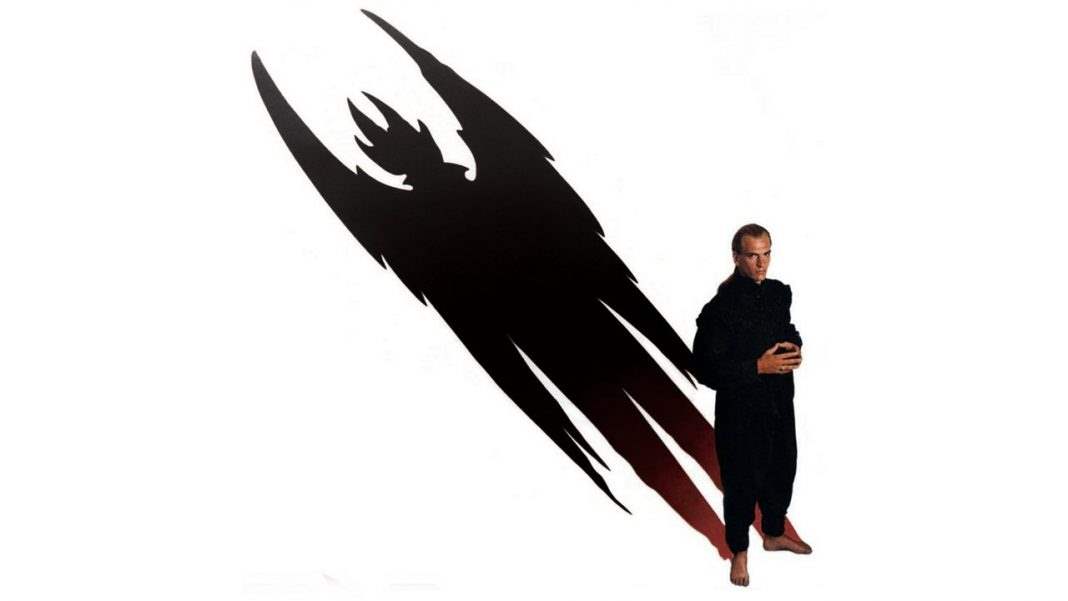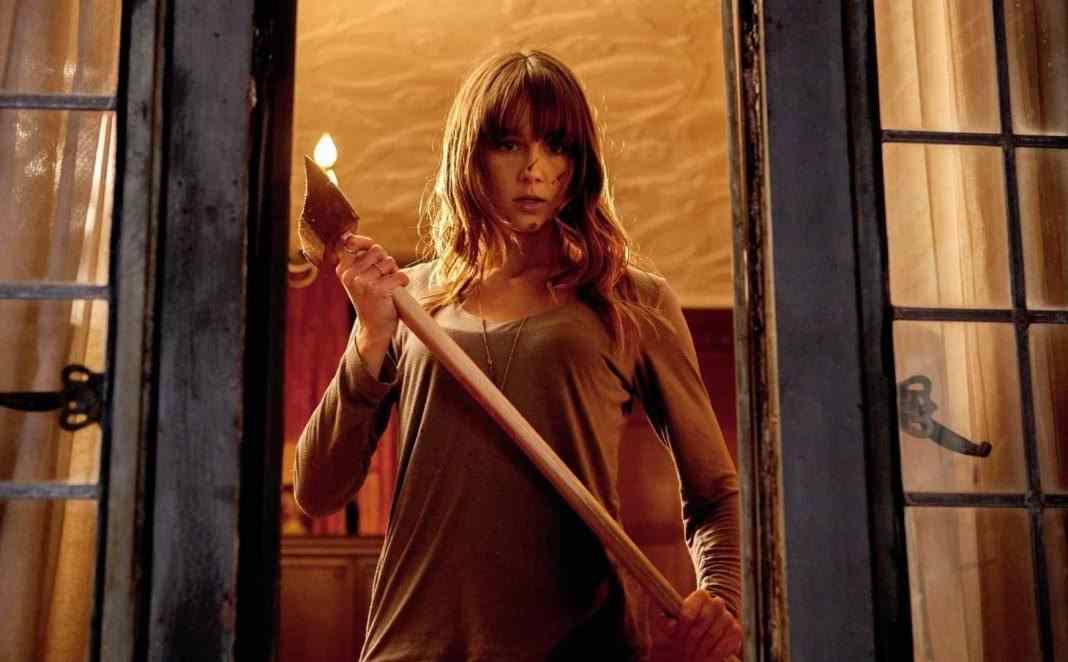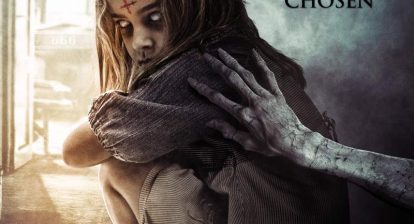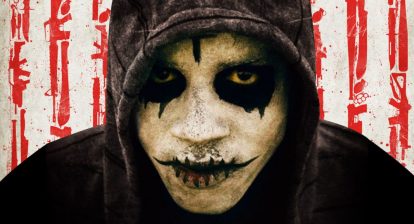I’ve said it before and I’ll say it again: there are some really underrated horror directors out there, and then there’s Steve Miner. If he is not the most underrated in terms of creating cult classic after cult classic and never seemingly getting the credit for it, then he’s right near the top. He set the standard for one of horror’s most iconic franchises with Friday the 13th Part 2 and 3. And then he went on to give us House, Halloween H20, Lake Placid and of course Warlock.
Now, Warlock doesn’t have the budget that Miner had been afforded with some of his other films. But what it lacks in the financial department it makes up for in sheer charm. This movie might be shoddy in places, but it’s a whole lot of fun. It’s a unique blend of high, sword & sorcery fantasy with post-Freddy horror. Julian Sands plays a great villain. Going back and watching it again, I’m actually stunned how understated his performance is.
Films like this are almost designed for over-acting. That’s what probably any other actor would have done with this role. And yeah, there’s some over-the-top stuff when it comes to the visuals and seeing Julian Sands flying around like Christopher Reeve. But he handles the Shakespearian dialogue as if it was actually Shakespeare and manages to be menacing with nothing more than a simple stare or smirk. There’s also a lot of great physical acting from Sands in this movie that goes widely unnoticed.

Despite all of these factors, Warlock doesn’t seem to really have the audience it deserves. It almost feels like it had a bigger following in the late ‘90s and early 2000s than it has now. Yes, its effects don’t improve with age, but that’s hardly stopped other titles of that era from becoming true cult classics.
Warlock should be remembered. If not for the merits of the film itself, then for one other admittedly surprising reason: It was a highly influential movie. More than really anything else I can think of, this set the course for lower budget horror in the early 1990s. It paved the way for titles like Wishmaster and even Leprechaun. After Warlock, so many films went in a more fantasy-based direction. Some even did exactly what Warlock did and mixed the fantastical elements with Biblical overtones.
The best example of Warlock’s influence would have to be The Prophecy, which followed a few years later and is basically Warlock with just a slightly higher budget. Prophecy ultimately went on to marginally larger success, no doubt due to the star power of Christopher Walken. But intentional or not, the influences from Miner’s movie are incredibly clear.
 At the very least, Warlock was successful enough to launch two sequels. Julian Sands returned for Warlock: The Armageddon, even though it’s almost a completely separate entity from the original. He did not return for Warlock III: The End of Innocence. But it did have enough staying power to launch a novelization, a video game for Sega Genesis and Super Nintendo, and even a four-issue comic book series in 1999.
At the very least, Warlock was successful enough to launch two sequels. Julian Sands returned for Warlock: The Armageddon, even though it’s almost a completely separate entity from the original. He did not return for Warlock III: The End of Innocence. But it did have enough staying power to launch a novelization, a video game for Sega Genesis and Super Nintendo, and even a four-issue comic book series in 1999.
Part of the reason Warlock may not have become a bigger horror cult classic may be the controversy that surrounded it years after the film was released. In 1995, a fourteen year-old boy named Sandy Charles and his eight year-old accomplice killed a seven year-old boy outside of Charles’s home. Apparently, Sandy Charles had contemplated suicide but had been told by a spirit that he needed to kill someone else, all of which he told to police.
It turned out that Sandy Charles had been obsessed with Warlock. His lawyers argued that it was what had driven him to kill and that the murder was based on an aspect of the film in which drinking the boiled fat of a virgin gives one the ability to fly, although Charles did not drink the boiled fat of the boy that he killed, so I’m not even sure what kind of connection they were trying to make.
 While that case certainly changed the course of censorship in Canada, I’m not sure it ultimately had too much impact on Warlock’s popularity. It’s a film that’s fondly remembered by those that have seen it, but definitely deserves more credit for the influence it had on the course of horror in the 1990s. It paved the way for so much that followed, but it’s usually only remembered as a cross between Terminator and Highlander.
While that case certainly changed the course of censorship in Canada, I’m not sure it ultimately had too much impact on Warlock’s popularity. It’s a film that’s fondly remembered by those that have seen it, but definitely deserves more credit for the influence it had on the course of horror in the 1990s. It paved the way for so much that followed, but it’s usually only remembered as a cross between Terminator and Highlander.
Truthfully, though, while it suffers from some pacing and editing issues that can befall any film of its type, it’s a truly charming movie that works well by allowing the audience to have fun with both the horror and fantasy elements. Unlike many fantasy-horrors, Warlock never takes itself too seriously, which might be its most important trait. It’s elevated by Sands’ performance as the titular villain, who could easily have gone on to become one of the major horror icons of the ‘90s. I would definitely suggest digging up Warlock. It’s worth another look.
While I saw only pieces of it on TV as a kid, many fans my age grew up with it. For them, especially, I’d say it warrants another visit. Even if the effects don’t hold up as well, much of the old magic is still intact.







